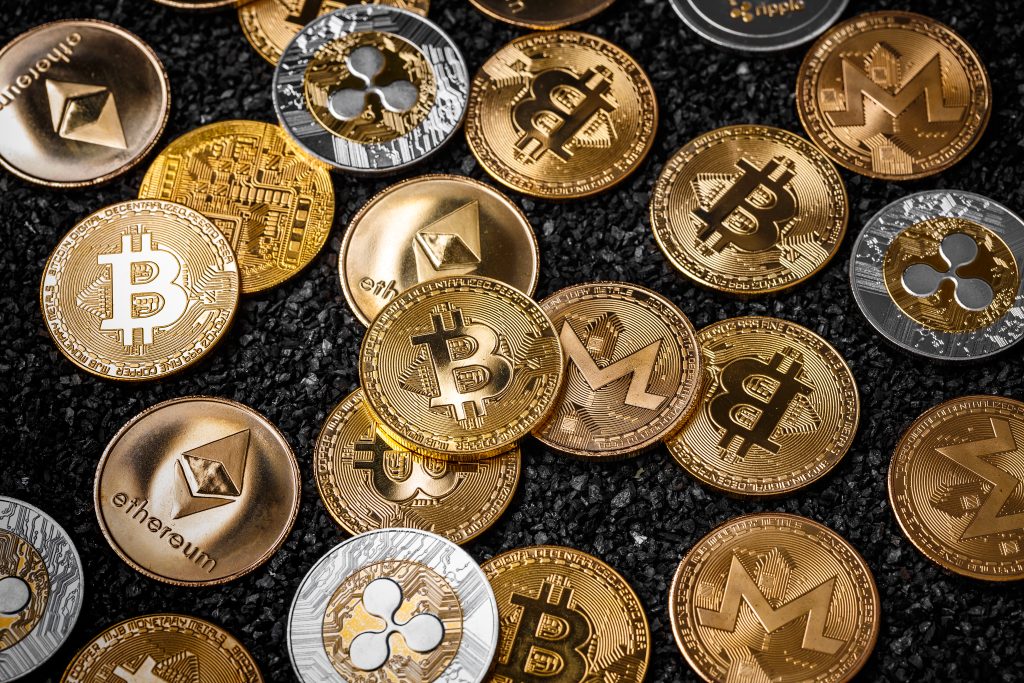
The web is an unfinished project. This article will look at the internet’s next great potential, Web3, where users take back control from the centralized companies that now dominate the web.
The main reason why so many people are working hard to redesign the current internet is that the majority of today’s most used internet platforms are controlled by only a handful of powerful companies that profit from the data generated by users.
https://sketchfab.com/3d-models/old-tv-on-a-stand-e744a4c03c8d475099a68877cc65156d
While the internet of today, Web 2 has a privacy and personal data issue, Web 3 eliminates this problem with its decentralized structure.
Web 1.0
Before you can understand what Web 3 is, you must first understand previous versions of the internet.
It can be characterized by the initial phase of the internet and the way users initially interacted with the web. In Web 1.0, most users were passive consumers of content. In other words, not by writing Web 1.0; It was about reading. It was static, not dynamic. This situation changed with Web 2.0.
Web 2.0
The next major phase of the internet was all about interaction and users.
At this stage, users created most of the content on platforms such as YouTube, Facebook or Twitter. This internet was more social and collaborative – but it came at a price. The downside to this more “participatory” internet was that users also created content, providing personal information and data to the companies that control these platforms.
What is Web 3.0 (Web3)?
Web 3.0 is the next upgrade the Internet has begun to get. It is currently still being built, so there is not yet a single, established definition of what exactly Web 3 is or will be. But in general Web 3 refers to an internet made possible by decentralized networks such as Bitcoin and Ethereum.
The main innovation Web3 brings is decentralized platforms, meaning that they are not controlled by a single party, yet they are still trustworthy. This is because every user and operator of these networks must follow the same hard-coded rules known as consensus protocols.
Another big innovation that came with Web3 is being able to make transactions of value and/or money. Basically, to understand Web3 is to understand decentralization and cryptocurrencies.
Who created Web3?
Like previous versions of the Web, Web 3 did not have a single creator. It has grown as a cooperation built on each other by different individuals and organizations. Generally, those involved in blockchain smart contract platforms such as Ethereum, EOS, and TRON are considered pioneers for Web 3.
What makes Web3 unique?
The main advantage of Web 3 is that it tries to address the biggest problem arising from Web 2: personal data is collected by private networks and this data is then sold to advertisers or even stolen by hackers.
With Web 3, the network is decentralized; hence no one can control the network and decentralized applications (dApps) built on top of the network are open.
As the decentralized web is not controlled by anyone or any company, there is no censor or data farming. Anyone can create and connect to different dApps without the need for permission from a central company.
What else is different?
In Web3, money is local. On Web3, money isn’t dependent on clunky financial networks and there is no centralized authority like a government or company. While handling money on Web3, you make transactions in mere seconds all over the world without any permission or bureaucracy. It also means that tokens and cryptocurrencies can be used to design entirely new business models and economies, a field known as tokenomics.
For example, advertising on the decentralized web is not based on users selling their data to advertisers, instead users can be rewarded with a token for viewing ads. Examples of such a Web3 application are Brave Browser and Basic Attention Token (BAT).
How to use Web3?
There are many Web3 dApps currently in use. Decentralized finance (DeFi) tools are in the top three of Web3 products with huge potential. With these tools, you can make financial actions like lending and borrowing money, turn real world assets into tokens, and invest and trade NFTs and cryptocoins. Gaming, gambling and making predictions are also some of the popular ways to use Web 3.
What’s next?
The amount of use, the ease of use, and scalability are key to the web’s evolution. For the Web 3 vision to become a reality, many more people will need to start using Web 3 Dapps. This not only means more dApps, but also easier to use, more attractive dApps for users with no technical background.
Finally, with Ethereum, the largest and most popular smart contract platform, regularly close to full capacity, Web 3 networks will need to scale and be able to quickly handle millions of transactions to compete with Web 2 peers.



